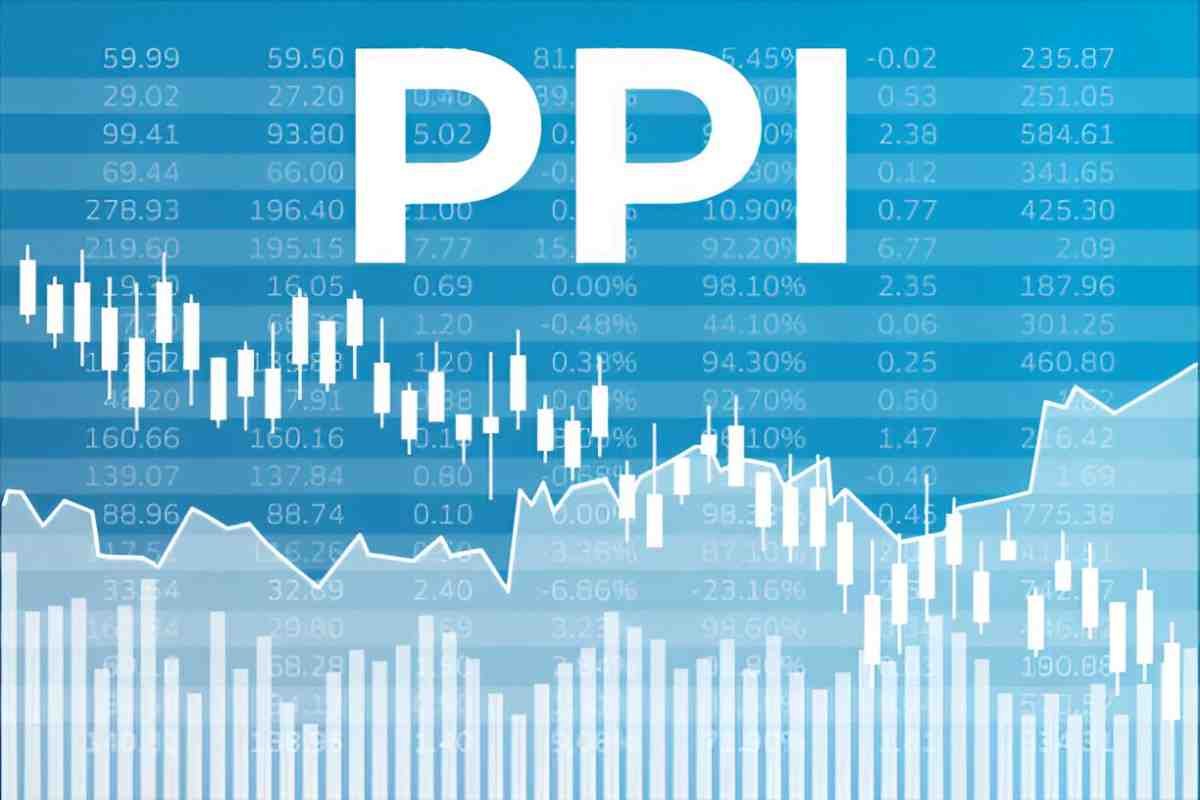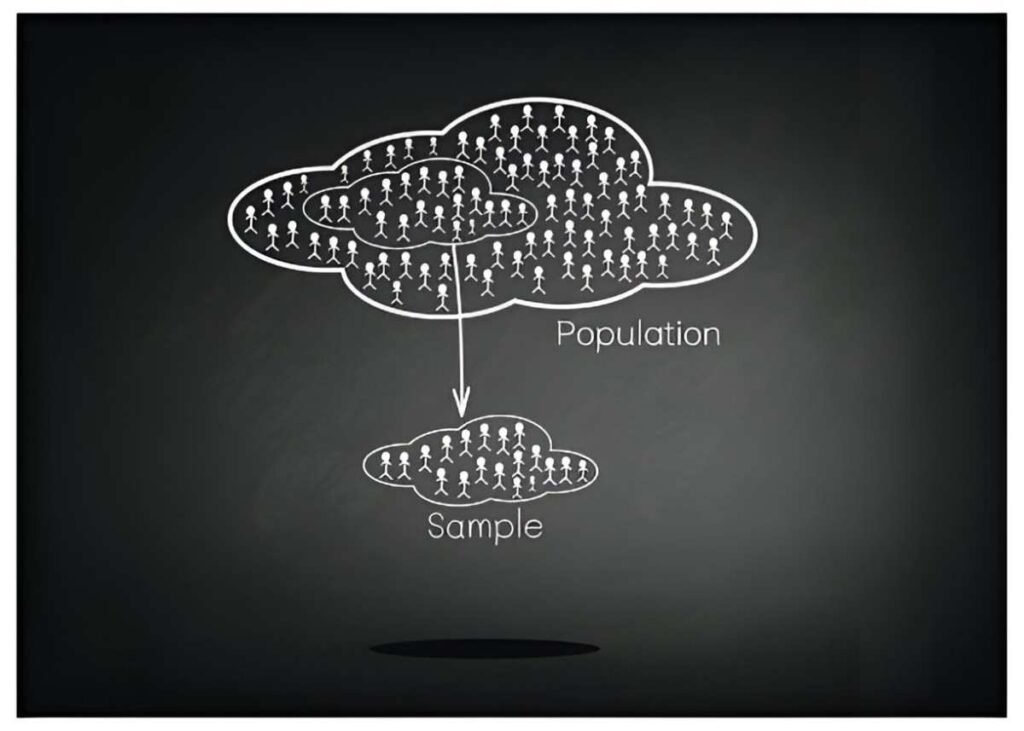As someone deeply immersed in finance and economics, I often find myself explaining key economic indicators to clients and colleagues. One such critical metric is the Producer Price Index (PPI), which measures the average change over time in the selling prices received by domestic producers for their output. While the Consumer Price Index (CPI) often steals the spotlight, PPI plays an equally vital role in understanding inflationary trends, business profitability, and economic policy decisions.
Table of Contents
What Is the Producer Price Index (PPI)?
The Producer Price Index (PPI) tracks the average price changes domestic producers receive for goods and services at various production stages. Unlike CPI, which measures price changes from the consumer’s perspective, PPI reflects inflationary pressures at the wholesale level before they reach retail markets.
The U.S. Bureau of Labor Statistics (BLS) publishes PPI data monthly, categorizing it into three main segments:
- Industry-Based PPI – Tracks price changes by industry (e.g., manufacturing, mining).
- Commodity-Based PPI – Measures price movements for raw materials and intermediate goods.
- Final Demand PPI – Focuses on finished goods and services sold to end-users.
How PPI Differs from CPI
While both indices measure inflation, they serve different purposes:
| Feature | PPI | CPI |
|---|---|---|
| Scope | Wholesale prices from producers | Retail prices paid by consumers |
| Coverage | Goods, services, and construction | Only goods and services consumed by households |
| Inflation Impact | Leading indicator (predicts future CPI trends) | Lagging indicator (reflects current consumer costs) |
How PPI Is Calculated
The BLS calculates PPI using a Laspeyres index formula, which compares current prices to a fixed base-year basket of goods. The formula is:
PPI_t = \left( \frac{\sum (P_{t} \times Q_{0})}{\sum (P_{0} \times Q_{0})} \right) \times 100Where:
- P_t = Current price of the item
- P_0 = Base-year price of the item
- Q_0 = Base-year quantity
Example Calculation
Suppose the base year is 2020, and a producer sells two goods:
| Product | 2020 Price (P₀) | 2020 Quantity (Q₀) | 2023 Price (Pₜ) |
|---|---|---|---|
| Steel | $500/ton | 100 tons | $600/ton |
| Copper | $300/ton | 200 tons | $350/ton |
Using the PPI formula:
PPI_{2023} = \left( \frac{(600 \times 100) + (350 \times 200)}{(500 \times 100) + (300 \times 200)} \right) \times 100 = \left( \frac{130,000}{110,000} \right) \times 100 \approx 118.18This means prices increased by 18.18% since the base year.
Why PPI Matters in Economics
1. Predicts Future Consumer Inflation
Since producers pass on cost increases to consumers, rising PPI often foreshadows higher CPI. For instance, if oil prices surge, transportation costs rise, eventually increasing retail prices.
2. Guides Monetary Policy
The Federal Reserve monitors PPI alongside CPI to adjust interest rates. If PPI rises sharply, the Fed may tighten monetary policy to curb inflation.
3. Impacts Business Profitability
Firms with high input costs but limited pricing power face squeezed margins when PPI rises. For example, automakers buying expensive steel may struggle to pass costs to consumers if demand is weak.
4. Influences Wage Negotiations
Unions and employers use PPI trends to negotiate wages. If production costs rise, companies may resist wage hikes to maintain profitability.
Limitations of PPI
While PPI is valuable, it has drawbacks:
- Excludes Import Prices – PPI only tracks domestic production, ignoring global supply chain fluctuations.
- Volatile Energy and Food Prices – These components can distort PPI, leading to misleading short-term readings.
- Service Sector Coverage – Historically, PPI focused on goods, but recent expansions now include services.
Real-World Applications
Case Study: PPI and the Auto Industry
In 2021, semiconductor shortages disrupted car production. While CPI for vehicles rose due to low supply, PPI spiked earlier as automakers faced higher chip prices. Investors tracking PPI could have anticipated auto inflation before CPI reflected it.
PPI in Federal Reserve Decisions
During the 2008 financial crisis, PPI plummeted, signaling deflation risks. The Fed responded with quantitative easing to stimulate demand.
Conclusion
The Producer Price Index (PPI) is a powerful economic tool that provides early signals of inflation, impacts business strategies, and informs policymaking. By understanding PPI, investors, businesses, and policymakers can make better-informed decisions.





